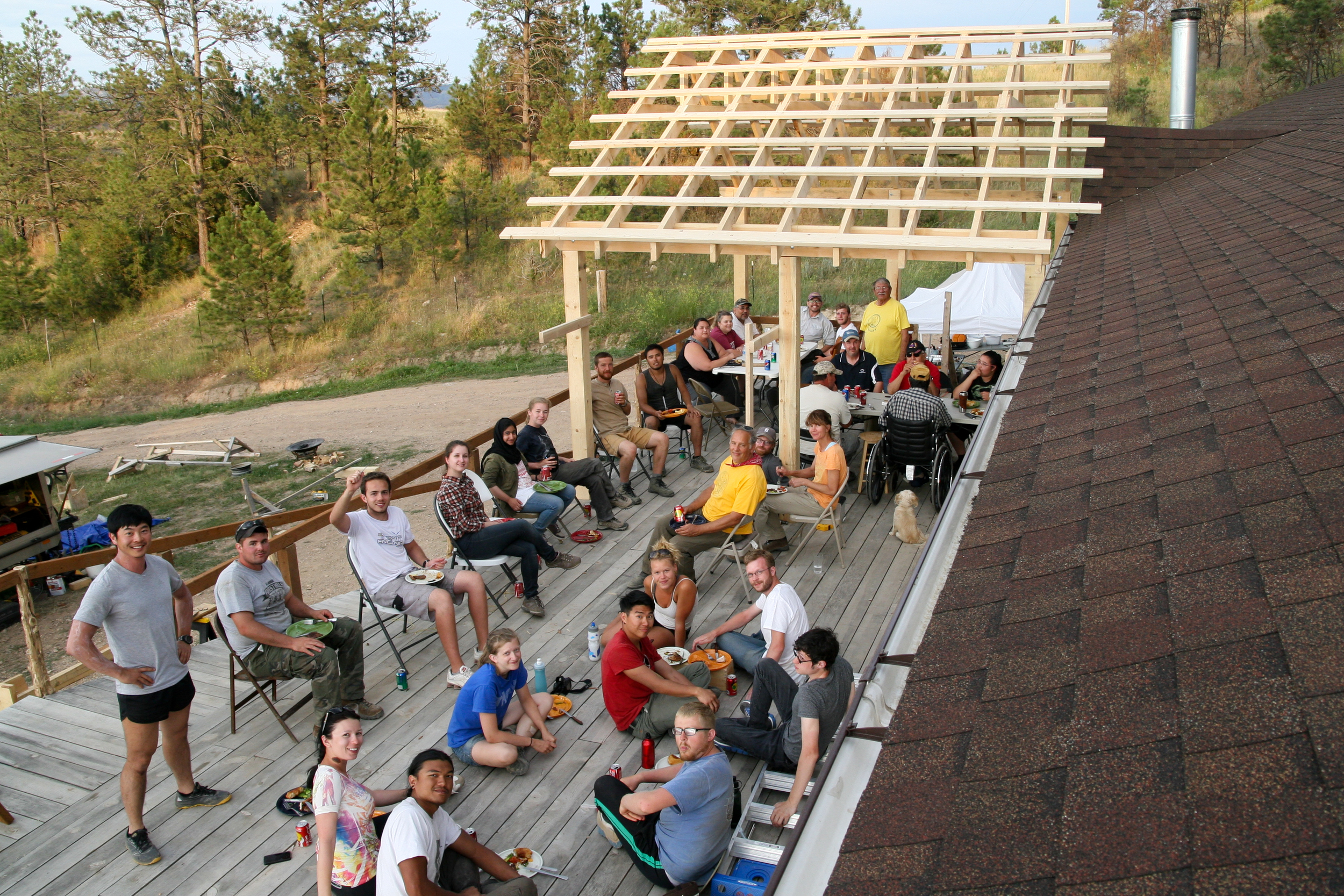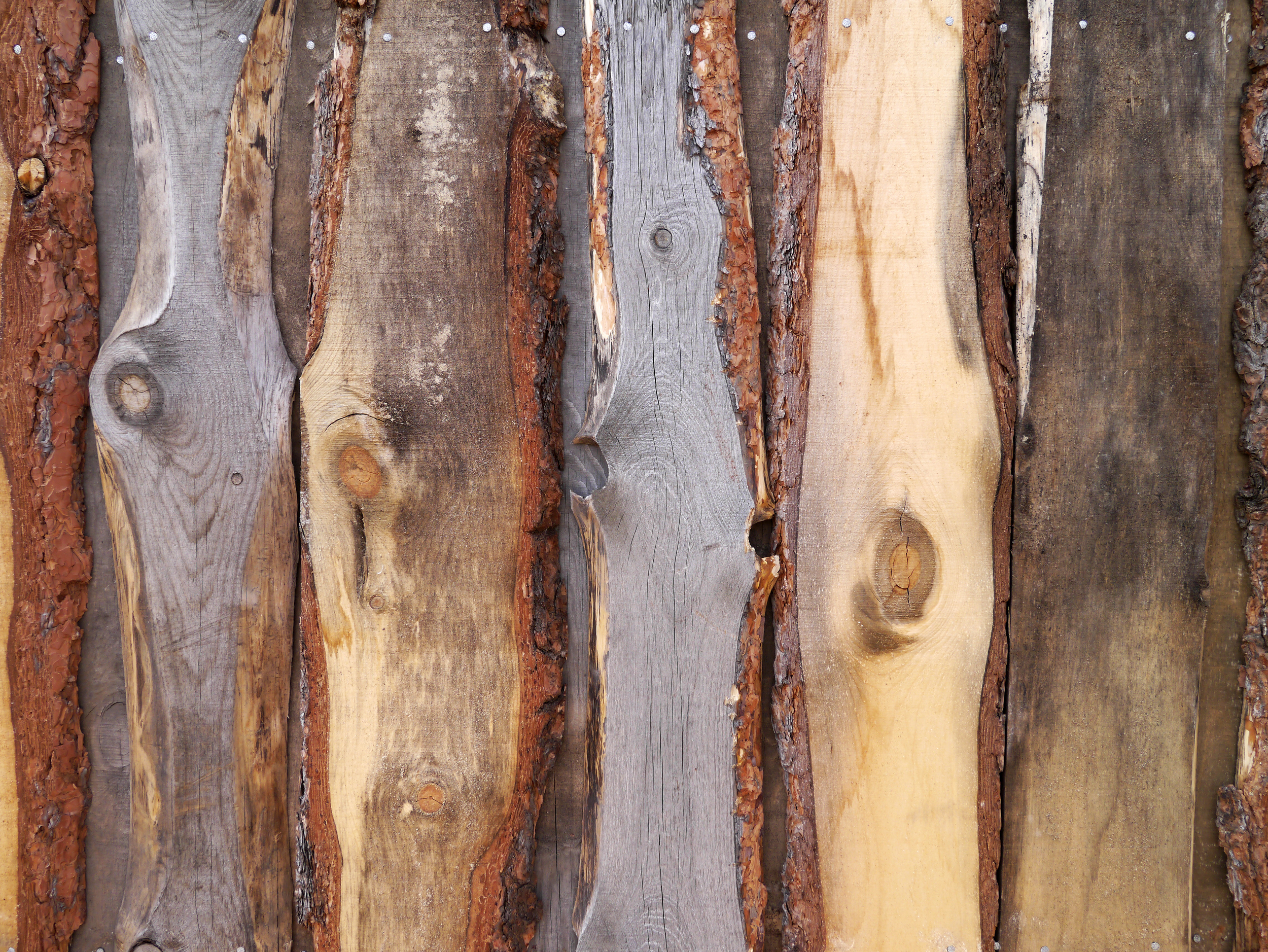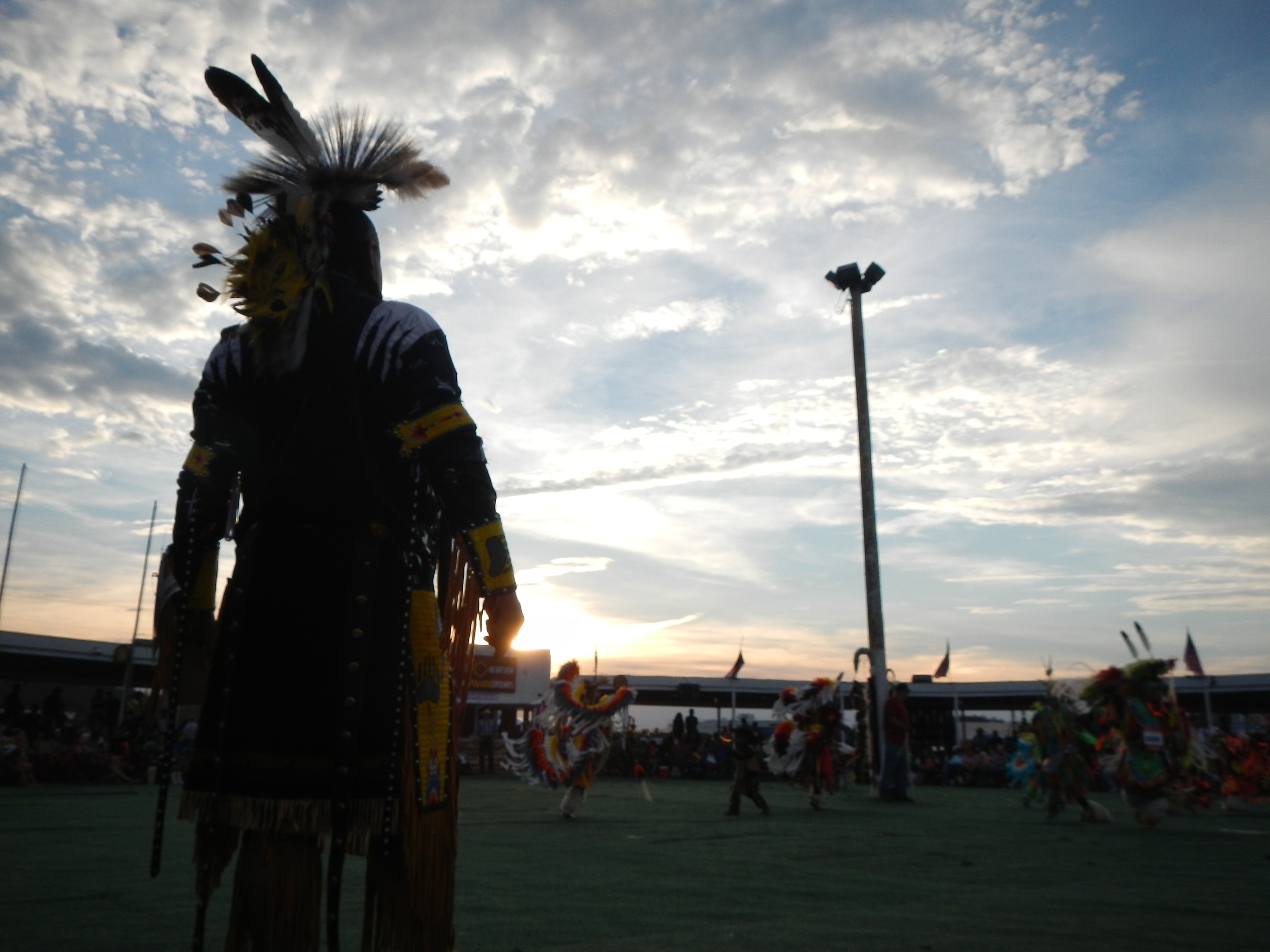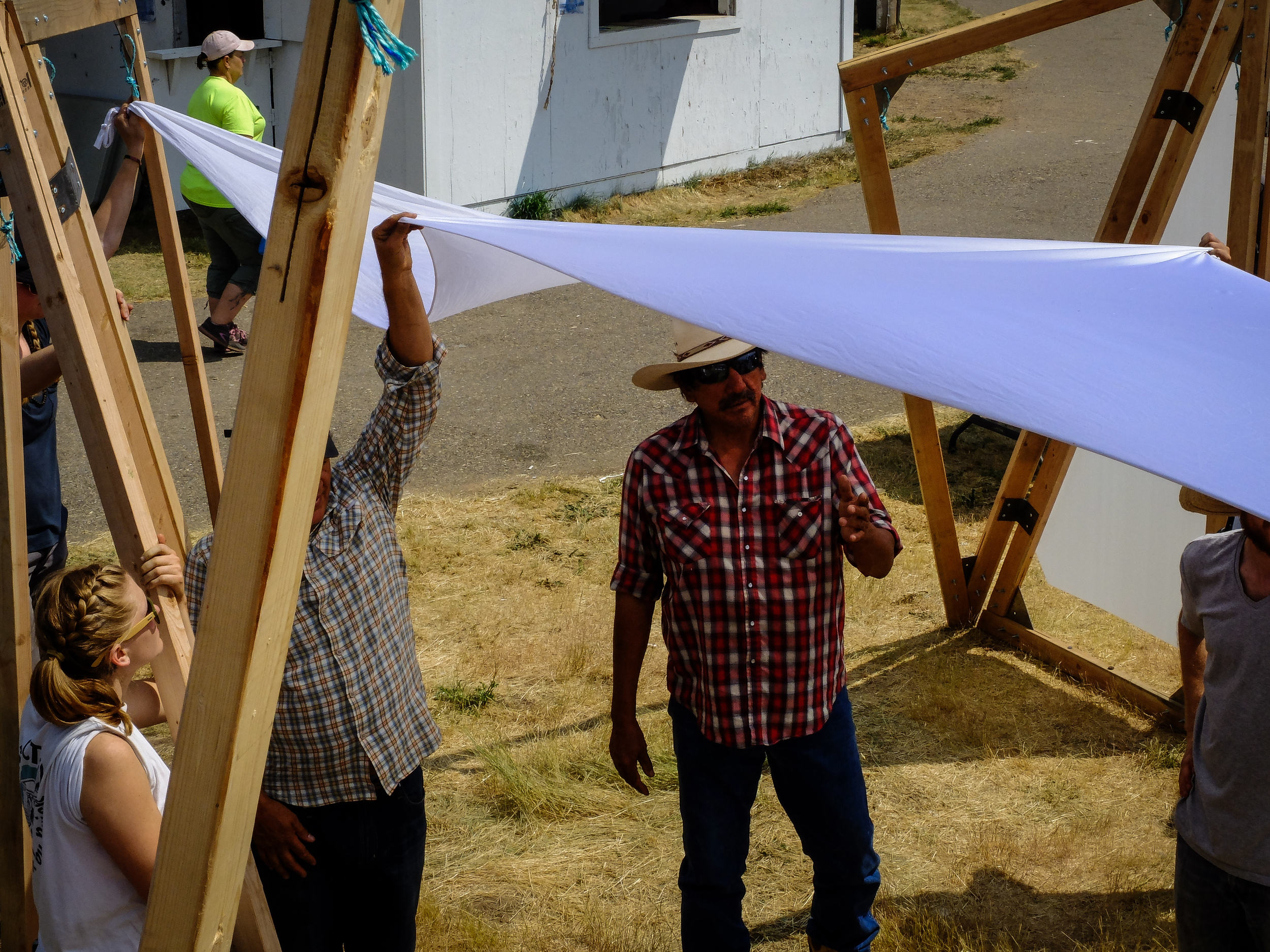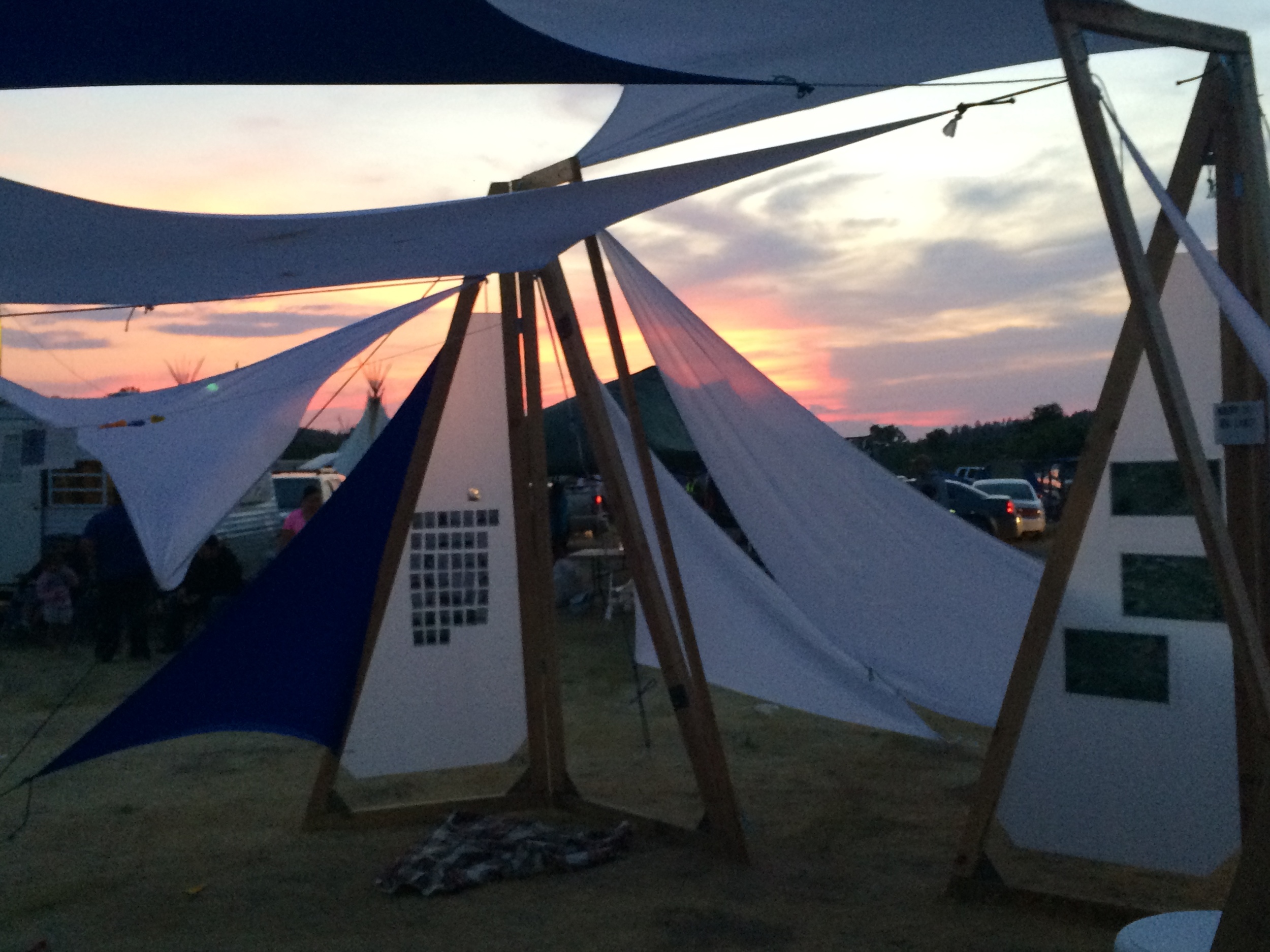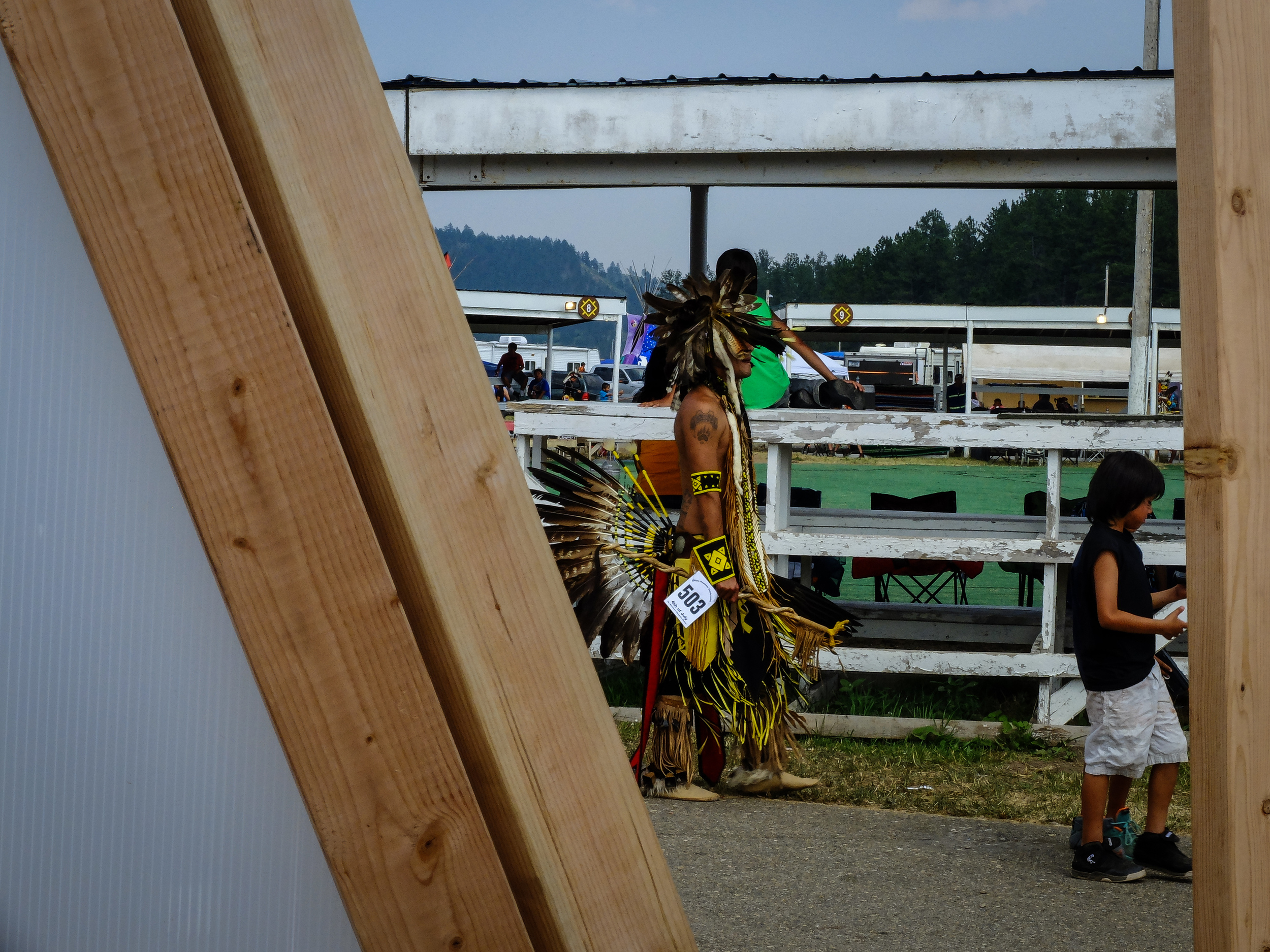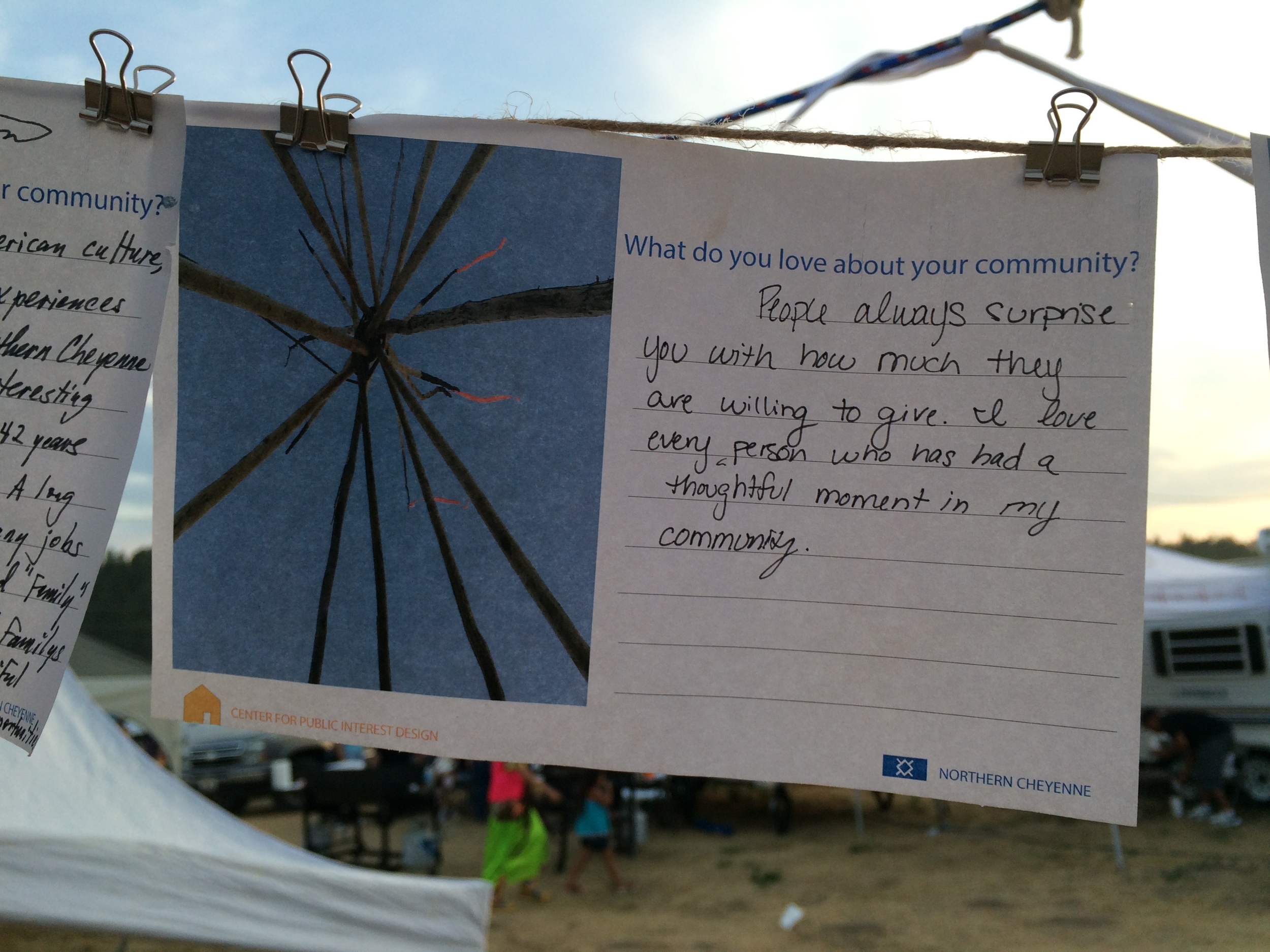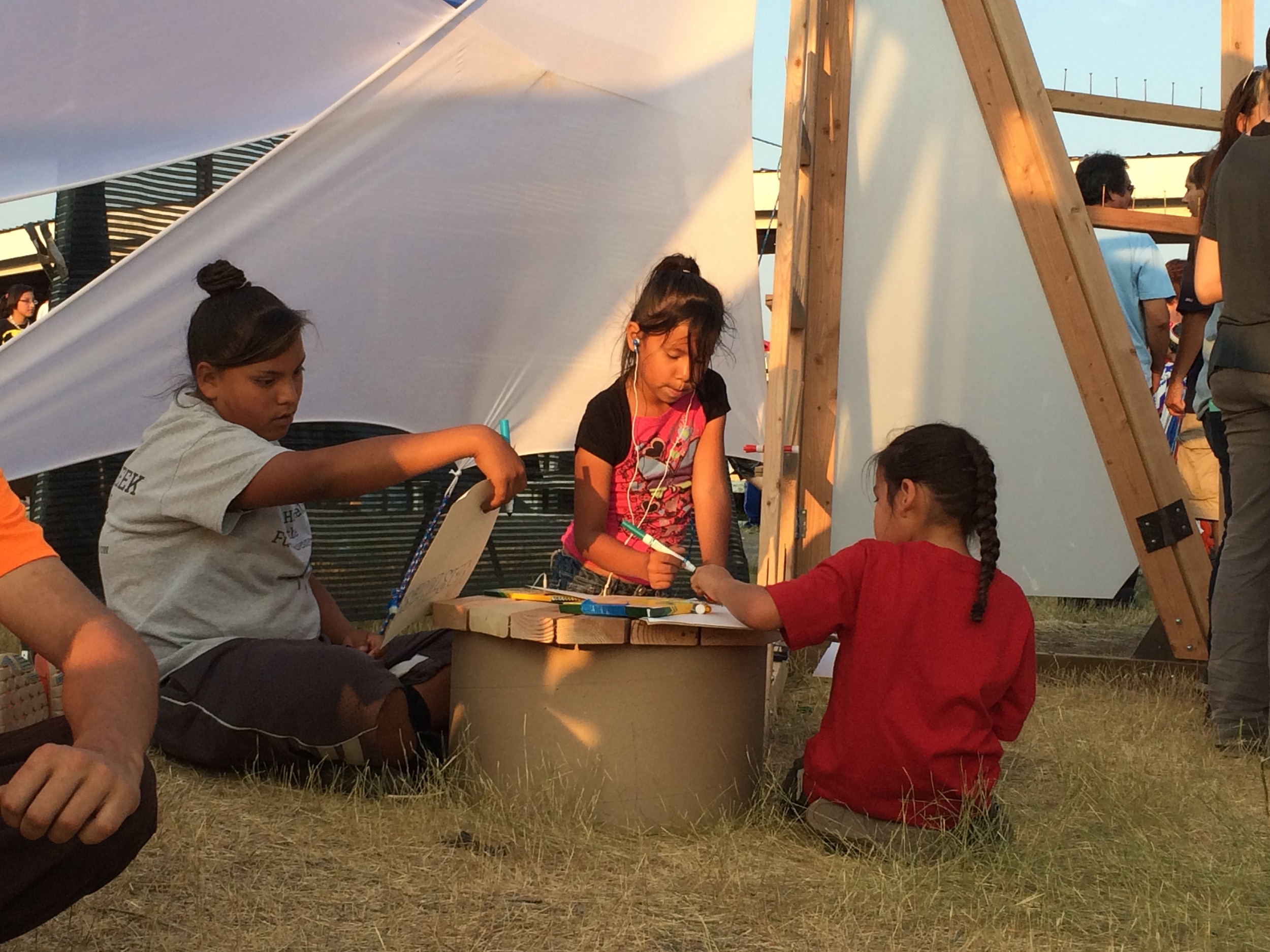Northern Cheyenne Resilience
Project Origin
Building on two decades of work with Native American communities by CPID Director Sergio Palleroni through the BaSiC Initiative and American Indian Housing Initiative, the CPID has begun working with the Northern Cheyenne to improve disaster resilience on their reservation. In 2012, as a response to a catastrophic set of wildfires that devastated much of the tribal lands, the Northern Cheyenne, CPID and its long-term partners from earlier housing projects were invited by the Northern Cheyenne, to help create a plan of action to better prepare the Cheyenne nation for theimpact of future natural and manmade disasters.
Project Description
In response to these conditions of disaster risk, the CPID has been working with the community through a series of design-build, research, and community engagement projects to improve resilience and create an integrated assessment of disaster risk. This has happened sequentially with projects targeting specific aspects, intervention points, and opportunities related to disaster management. Each new intervention responds to the outcomes of the previous and remains fluid to community feedback, gradually creating a comprehensive understanding of the reservation’s state of risk. Current actions pertain to how these understandings can be strengthened and streamlined into a Resilience Plan for the community to prepare and prevent the ill effects of potential future scenarios.
Location
Northern Cheyenne Reservation, Montana, United States
Resilience Plan Research
Following the 2014 Summer design-build and 2012 Ash Creek Fire, the Center began research into the disaster management system existing on the reservation and the potential means of improvement. Through a series of site surveys, interviews, and discussions, information was collected pertaining to the various bodies responsible for disaster response, the points of potential intervention, and the greater historical and constitutional components of the community which may have unexpected influences upon the community’s risk to disaster.
2014 Design-Build
In 2014 the Center for Public Interest Design offered a two-part course in disaster relief mitigation and reconstruction workshop. The first of its kind held by the Center, the workshop brought thirteen students to the reservation to assist in rebuilding after the recent fire. The group assessed accessibility in the case of future fires, the improvement of handicap accessibility and the reconstruction of a barn and accessible deck.
2015 Summer Powwow Workshop
Over the course of the annual 4th of July Powwow, a group of students conducted a participatory research design-build in which they designed and constructed a temporary pavilion for the annual Cheyenne Powwow which is the most important cultural event in the Cheyenne calendar. The pavilion, inspired by teepees and other native ways of building, housed a series of activities intended to gain feedback and general regards for the state of and occurrence of disasters on the reservation. Hosted adjacent to the traditional Powwow booths and central dance space, the workshop permitted an opportunity to survey perspectives first hand and build relationships with the community members over several days. Following the powwow, the team completed the construction of a new barn for a family on the reservation, which replaced a barn that had been lost in the wildfires.
Next Steps
Having completed a comprehensive analysis of disaster resilience for the reservation, these materials are being reviewed by community members for feedback. As disasters impact Native American communities across the continent and as associated comprehensive disaster management systems are in the process of development, there is potential for the emerging Northern Cheyenne Resilience Plan to be expanded through exchanges and collaborations with other First Nations in the region who are being similarly impacted by the environmental degradation. This exchange presents the potential opportunity for these plans to be integrated across and between tribes to create a larger framework for coordination, integration, and leveraged success. Such a plan which considers the complex governing systems within and between these nations, and in coordination with U.S. Government, would hugely assist in streamlining communication and efficiently allocating resources for greater success, a more rapid response and increased resilience.


